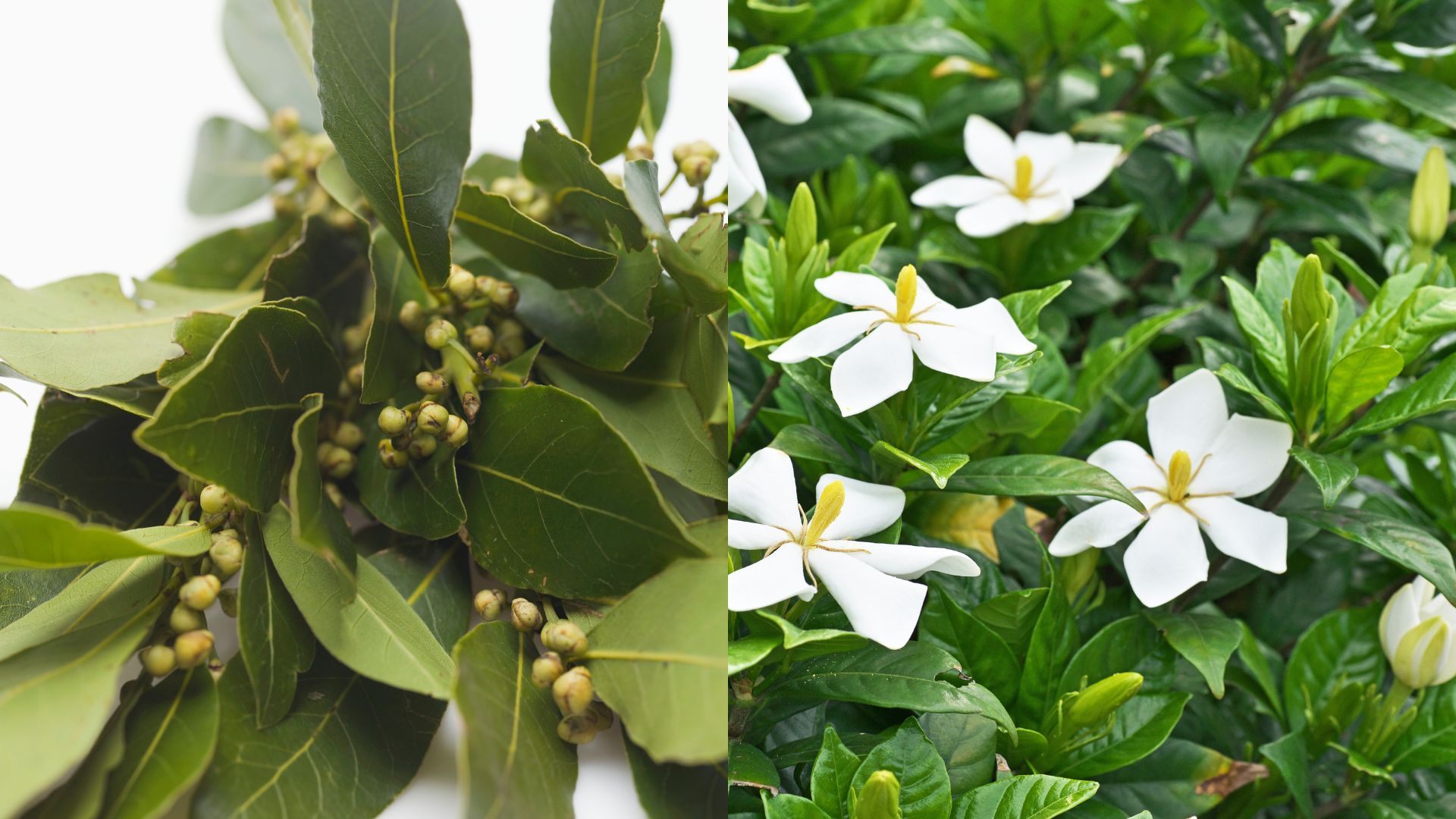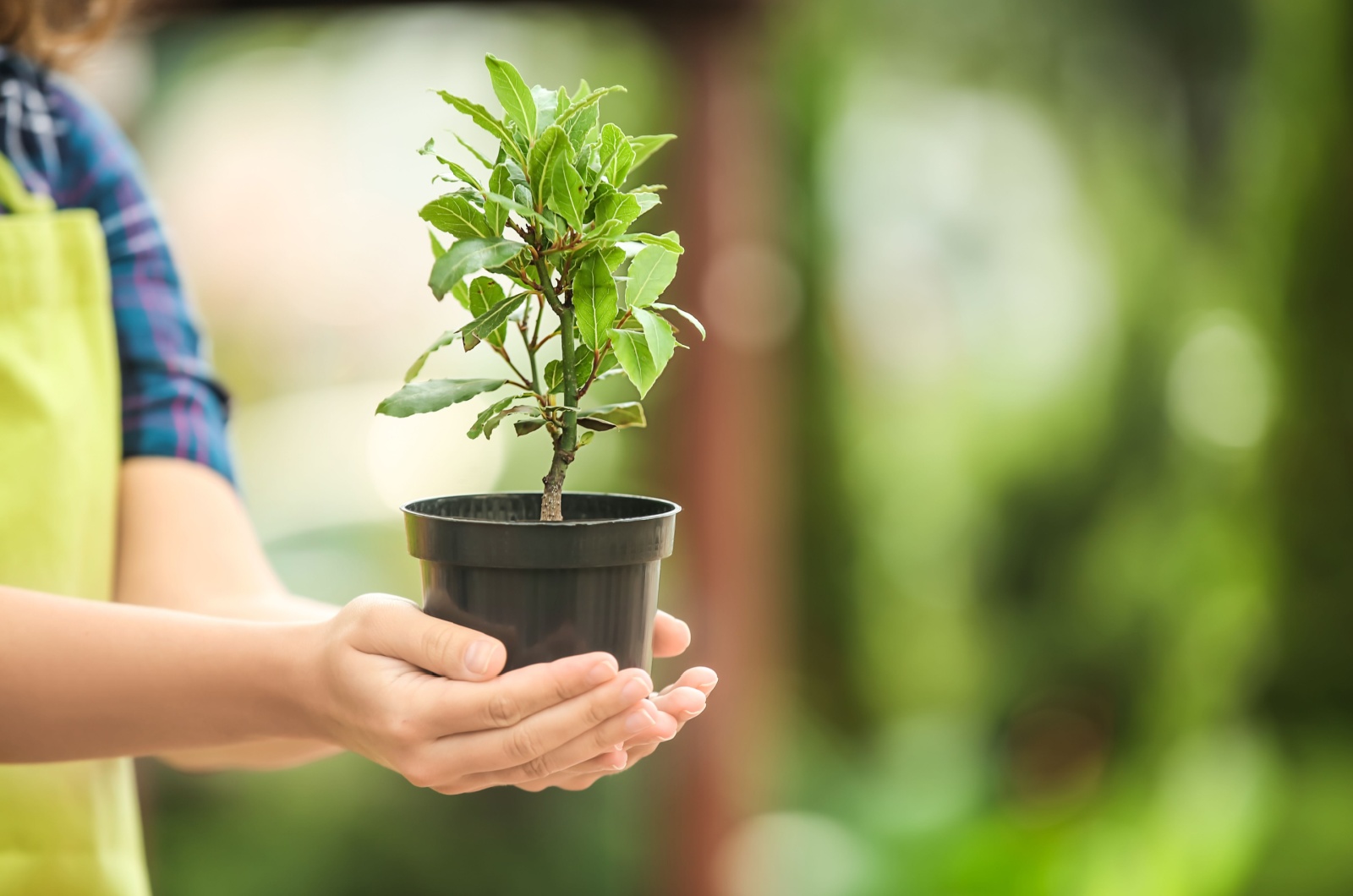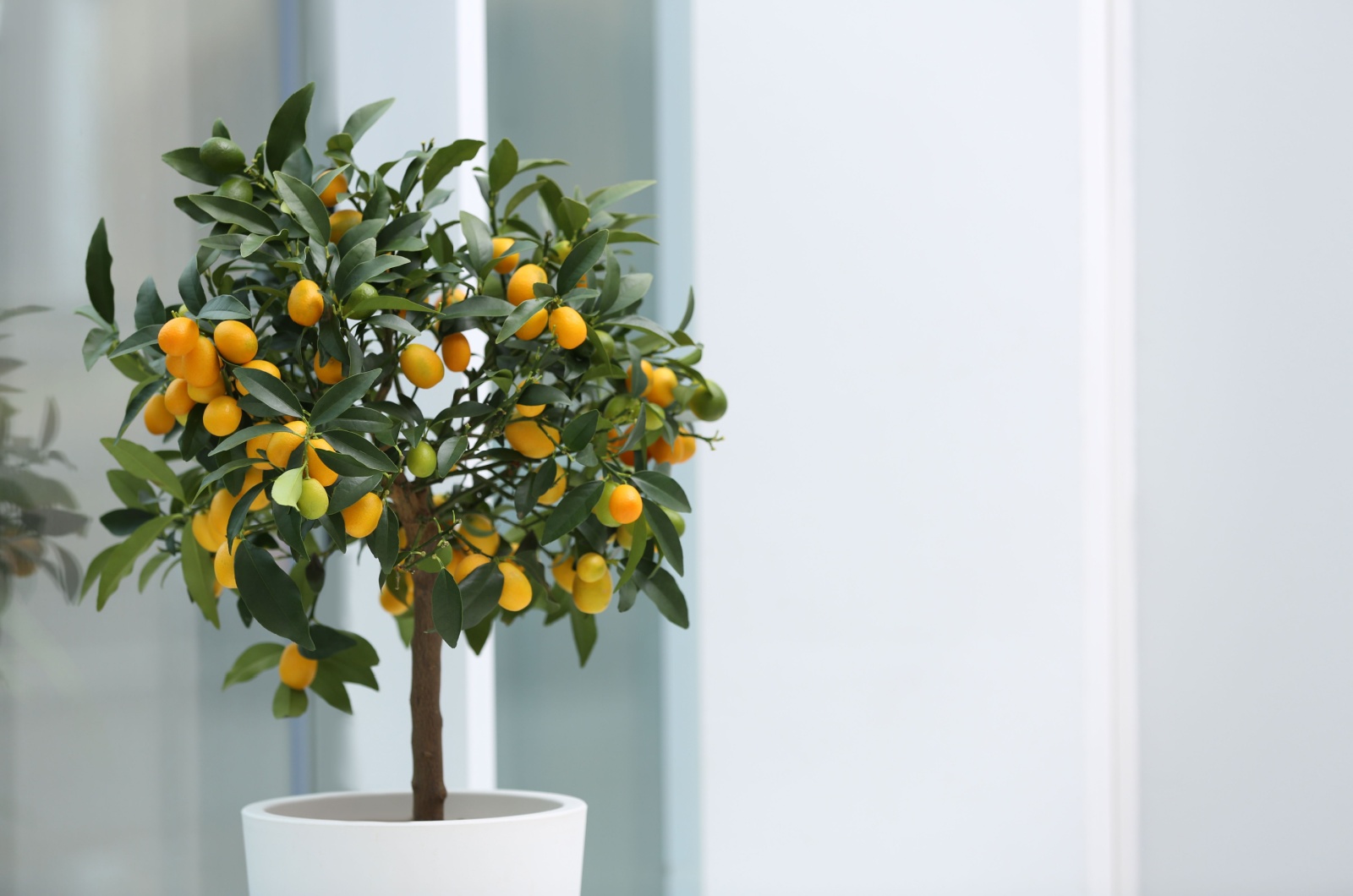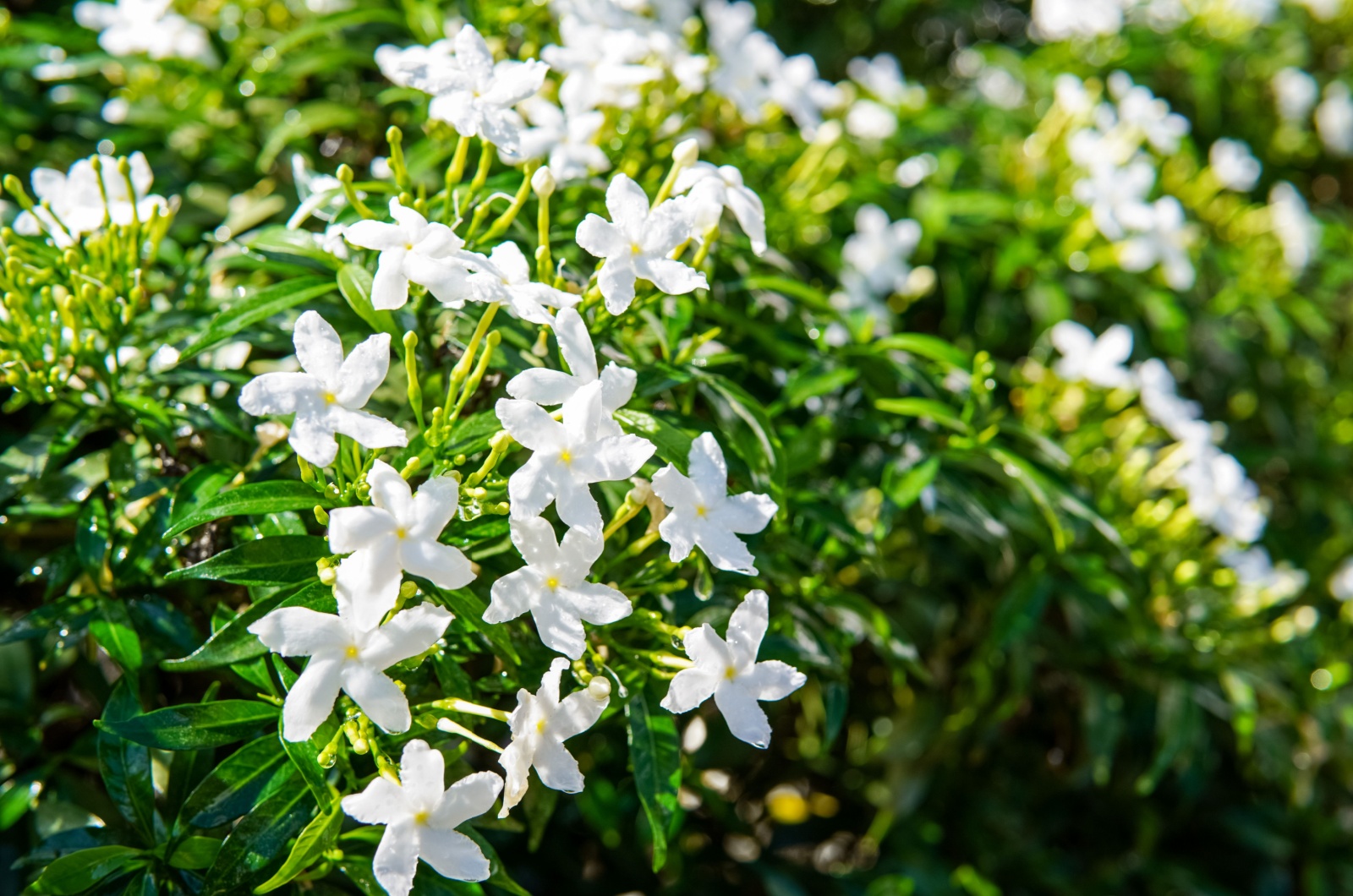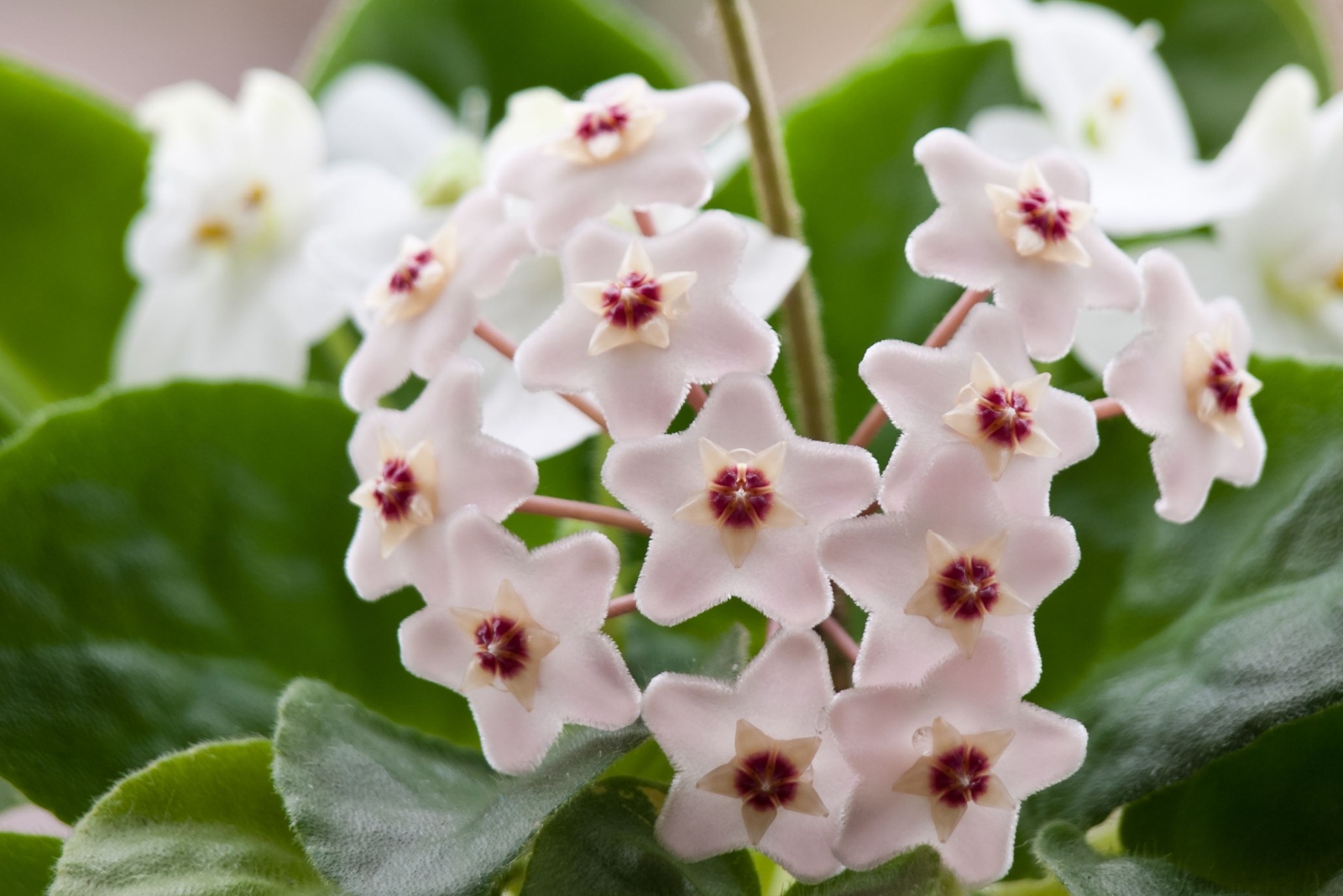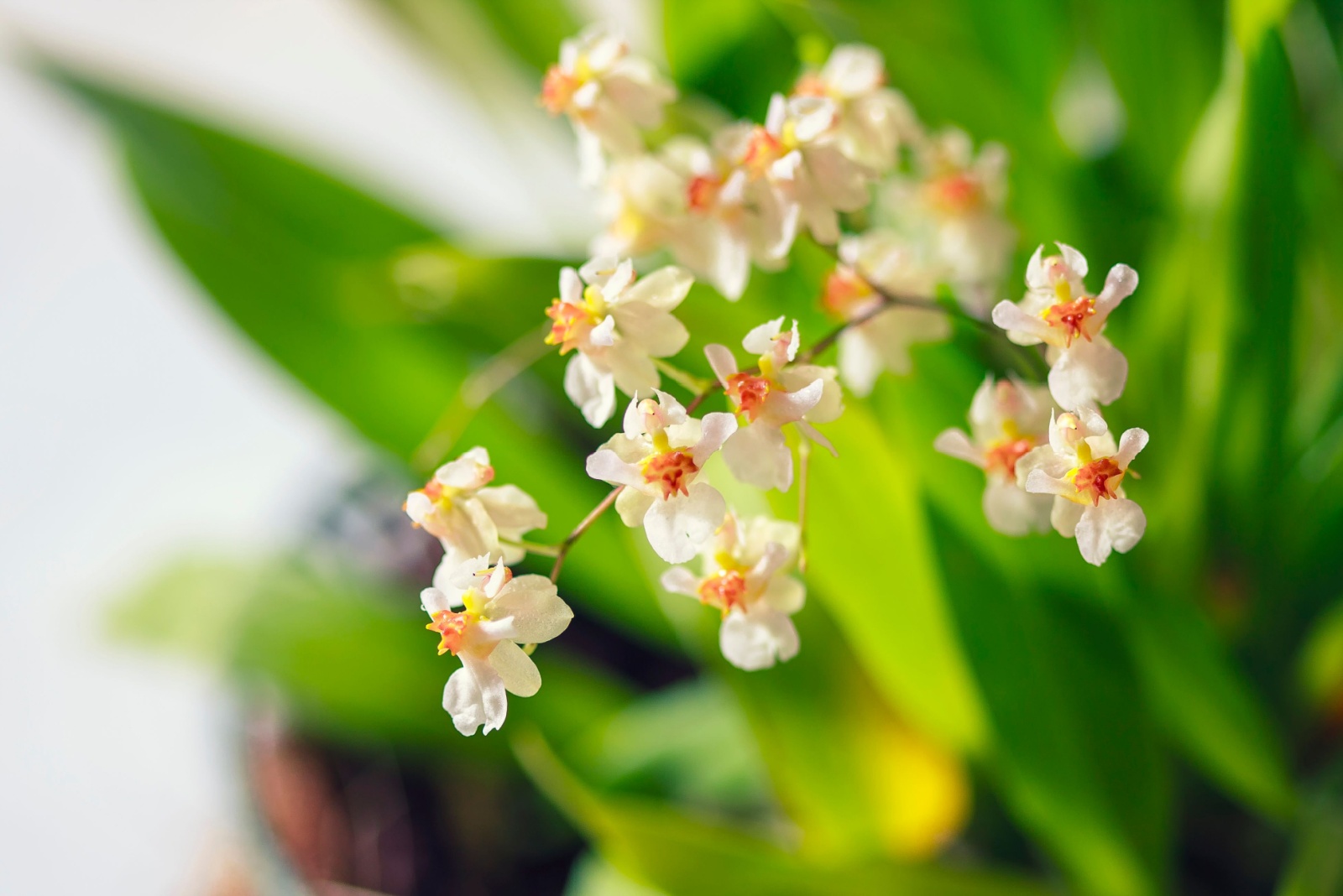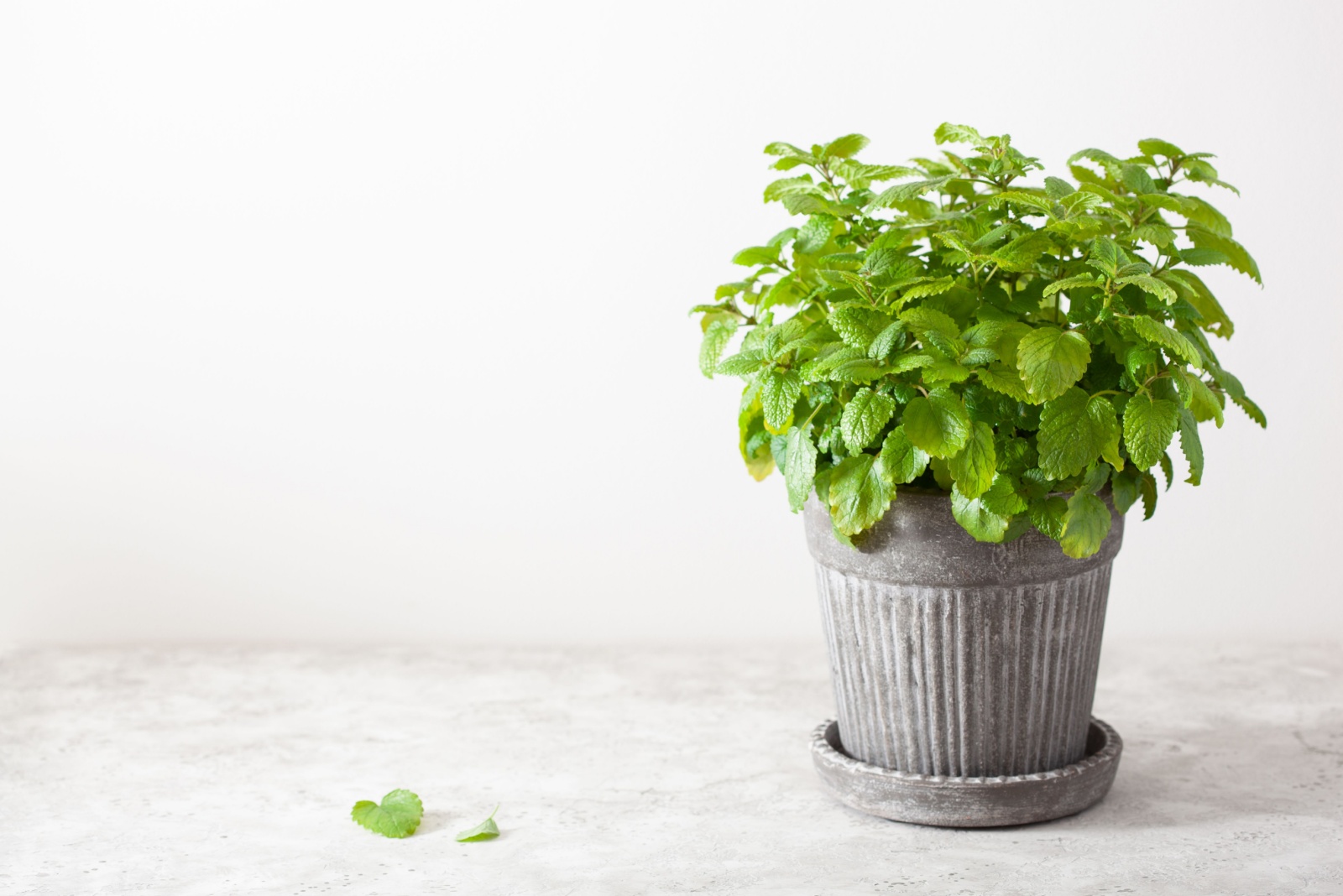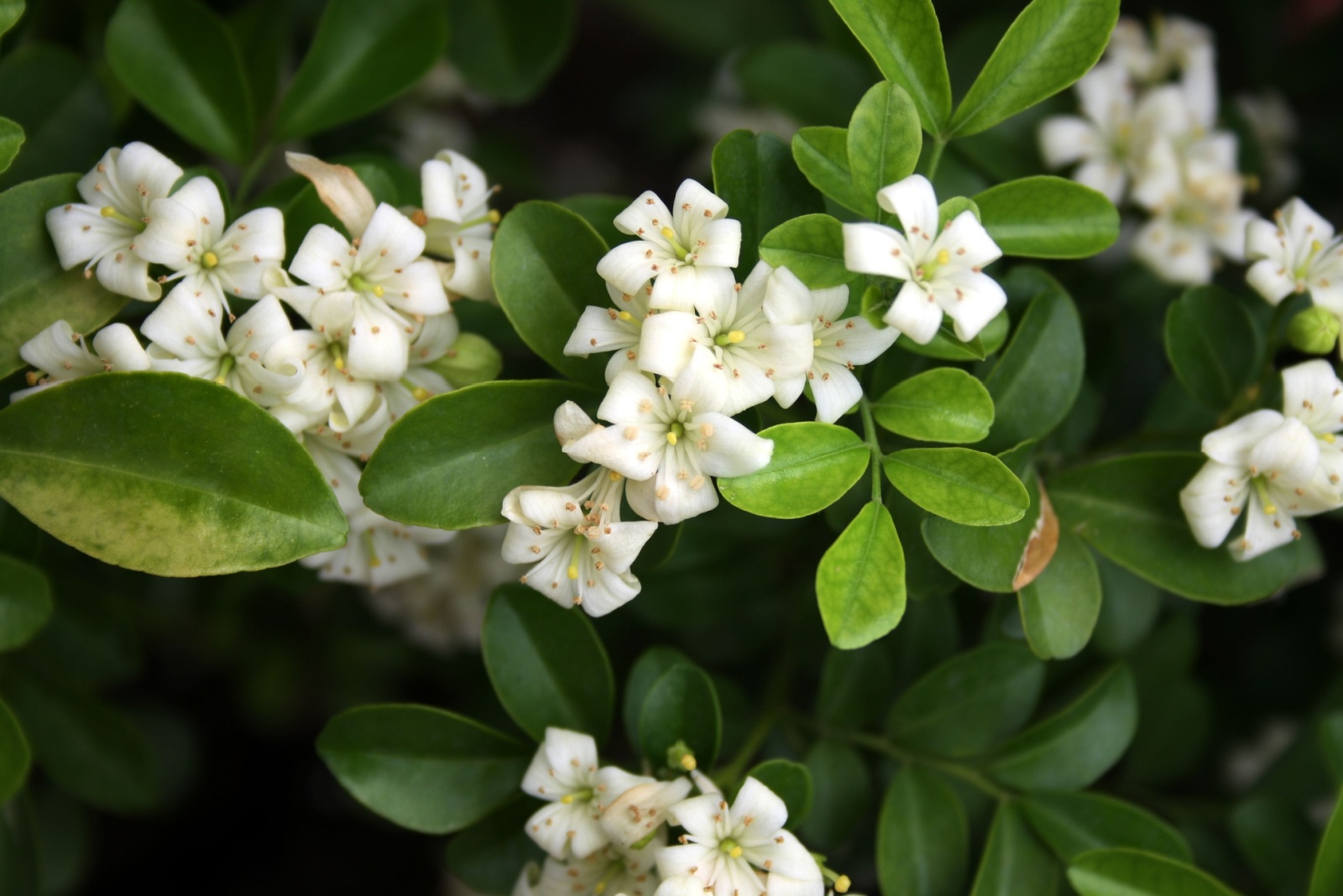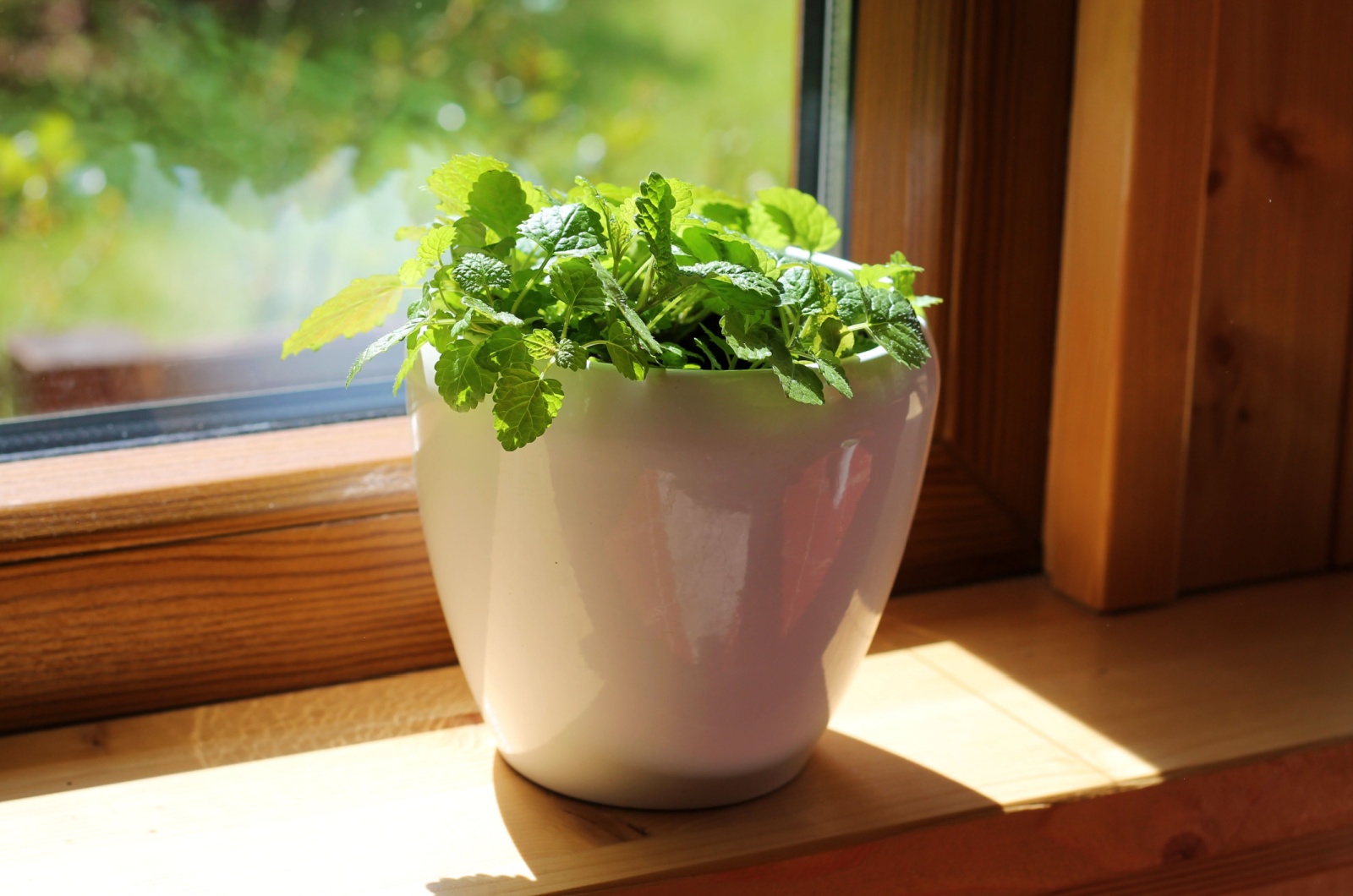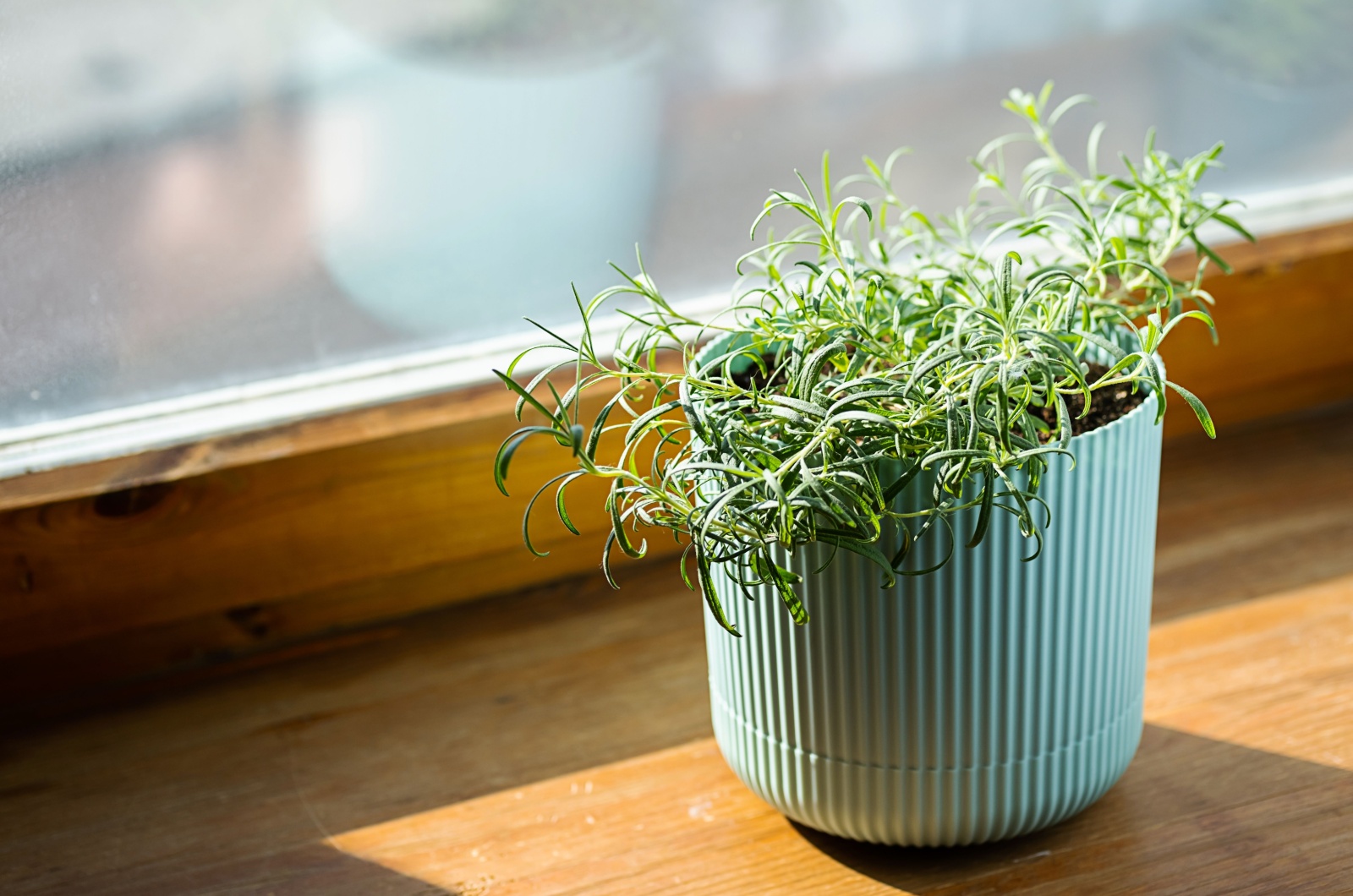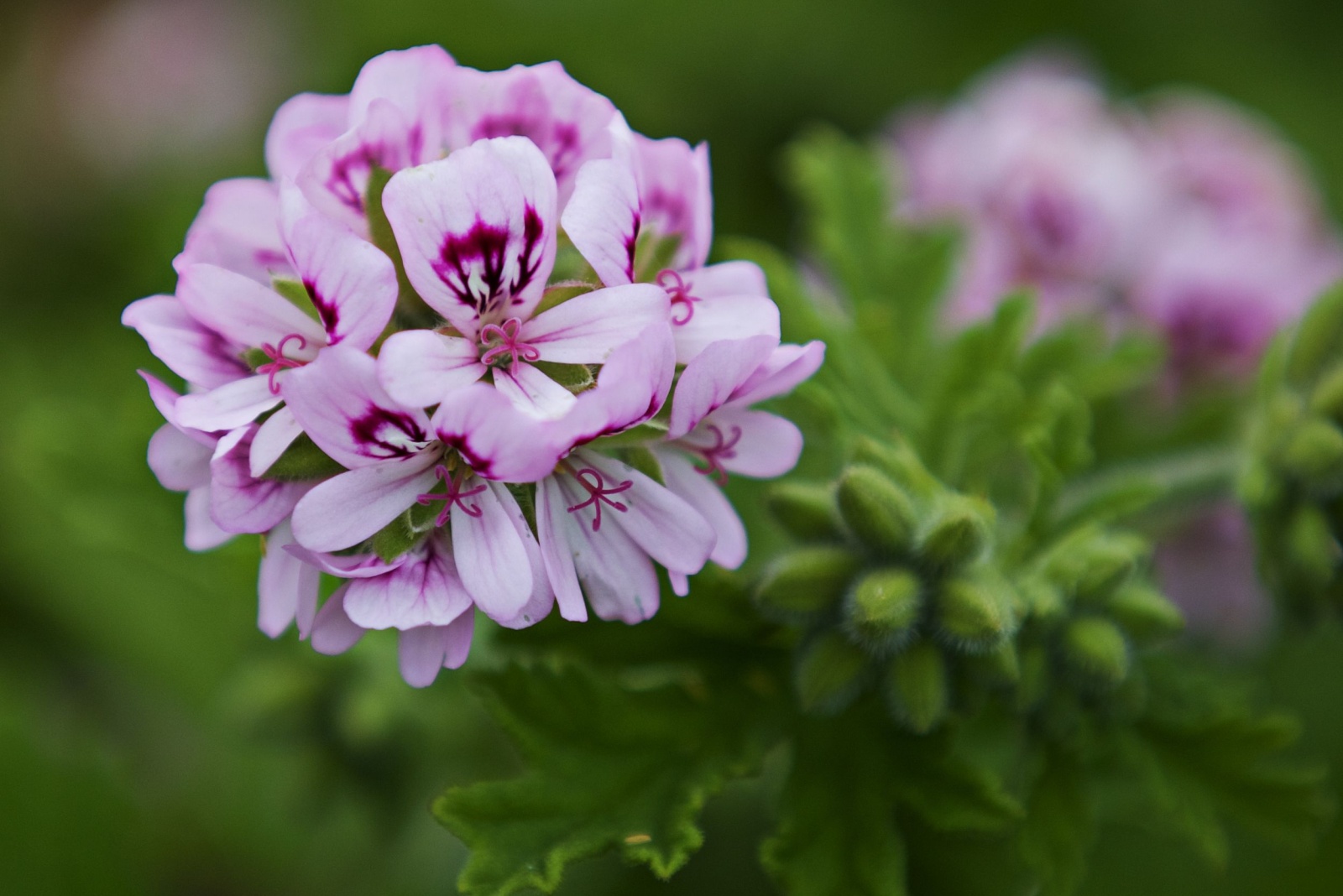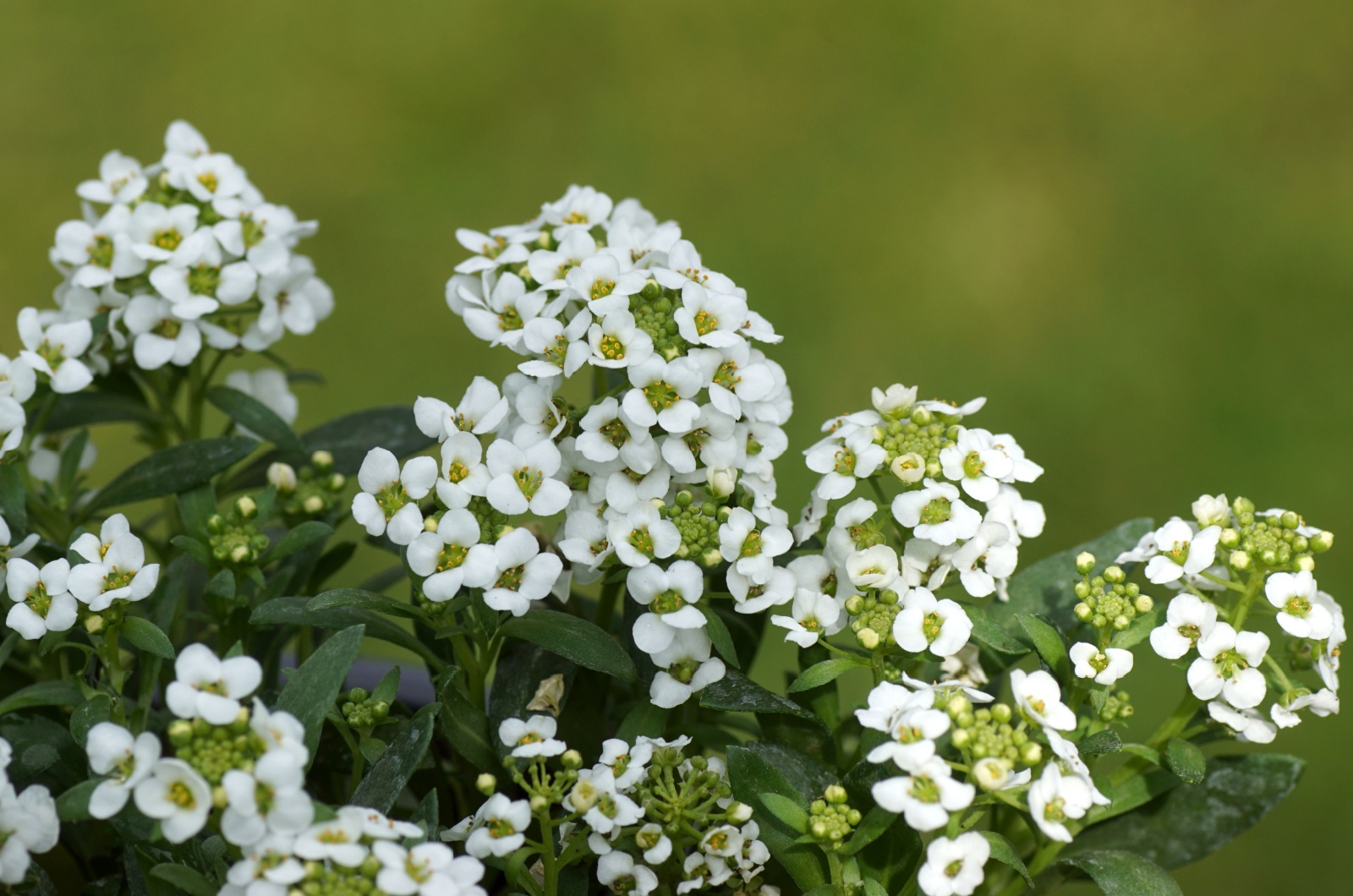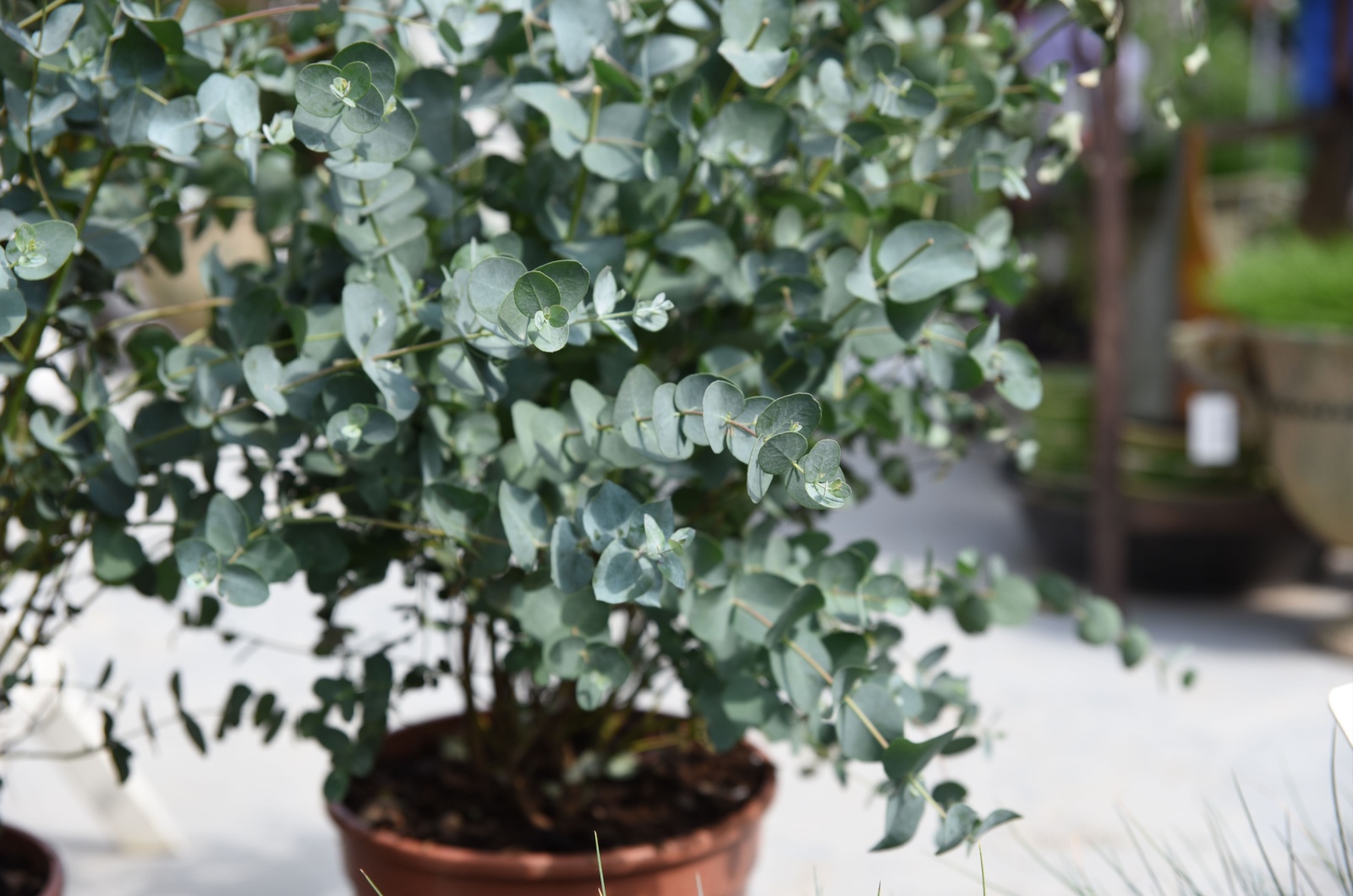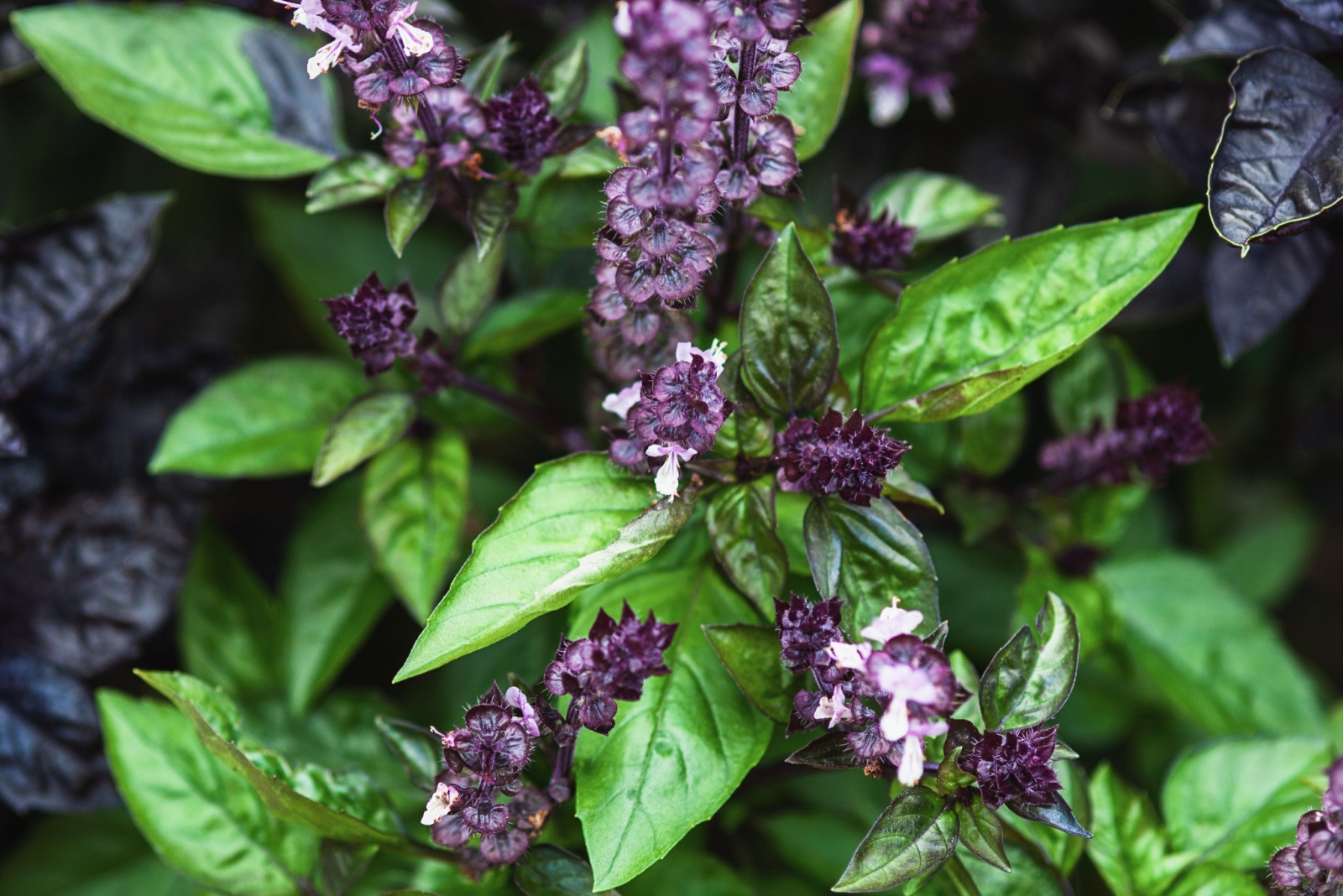Adding plants to your home is an excellent way to improve your home decor. But there’s one even better thing to do: add scented plants!
In this article, I’ll show you the 15 best-smelling houseplants that will make your home a fragrant wonderland.
You’ll also see their basic care requirements and how to keep them happy and healthy no matter if you’re a seasoned gardener or just starting out.
1. Bay Laurel
The first plant on our list is a popular aromatic shrub, Bay laurel. It features smooth green leaves with an enchanting mild fragrance.
Interestingly, this plant is frequently used in cooking and adds a spicy and bitter flavor to soups, sauces, and stews.
Believe it or not, this plant can reach up to 60 feet when grown outdoors. Luckily, its indoor size won’t exceed 8 feet, making it a perfect houseplant.
Gardeners love Bay laurel for its low care requirements and if you live in USDA zones 8 through 10, you can keep it outdoors during the warmer months.
Make sure to give the plant enough bright indirect light and keep its growing substrate consistently moist.
2. Potted Citrus Trees
We are used to seeing citrus trees in outdoor gardens in warmer climates. However, some citrus plant species can be potted and grown indoors.
They’ll enhance your home decor with their beauty but their scent is another reason to add them to your houseplant collection.
Some of the best indoor citrus trees are kumquat, lemon, and orange but it’s essential to choose smaller cultivars.
The fruits and foliage of these plants will retain a citrusy scent even after the plants finish blooming.
Make sure to expose your citrus trees to full sun, keep their soil moist, and maintain higher humidity; if the humidity in your household is low, install a humidifier.
3. Gardenia
Here comes another scented and captivating plant: gardenia. If you prefer stronger scents, then adding a gardenia to your home is an excellent idea.
But you need to be careful with this one; it’s one of the most demanding plants and you’ll need to devote a lot of time and energy to keep your gardenias happy and get them to bloom.
There are various reasons for non-blooming gardenias, so why would anyone grow this plant? The white creamy flowers and overall appearance of gardenias make the plant one of the most beautiful, and all the hard work definitely pays off!
Give your gardenia a lot of bright indirect light and make sure the soil is always moist. Additionally, keep the temperatures between 75 to 82 degrees Fahrenheit and grow it in rich and acidic soil.
4. Wax Flower/Hoya
Unlike gardenias, hoya plants are super-easy to care for and they’re suitable for beginner gardeners.
The bell-shaped flower clusters have a mild scent and will fit perfectly into every indoor design. Hoyas have a trailing growth habit and I highly recommend growing them in hanging baskets to use their full potential.
The size of the vines won’t exceed 4 feet and the waxy leaves remain green year-round.
Ensure a lot of bright but indirect light for your hoyas and make sure the soil is entirely dry between waterings.
5. Lavender
This is another plant we’re used to seeing outdoors but many people grow lavender indoors and have excellent results.
The calming aroma of lavender will make your home a sanctuary and you’ll enjoy spending time indoors.
This is one of the bedroom plants that will help you sleep better because it can reduce the number of harmful substances in the air.
All lavender varieties thrive in full sun, so put them near south-facing windows in your home or install artificial lights for healthy growth.
You should never allow the growing substrate to become waterlogged because lavender is prone to root rot caused by overwatering.
6. Twinkle Orchid
You may be surprised to see an orchid on this list. Most orchids don’t emit any special scent but the Twinkle orchid is definitely an exception. The vanilla scent of miniature flowers will elevate your indoor space.
These plants are often referred to as drama queens when it comes to maintenance, but the Twinkle orchid won’t cause you much trouble.
Make sure to put your Twinkle orchid in a spot with bright indirect light and temperatures ranging from 64 to 71 degrees Fahrenheit.
Orchid plants love higher humidity levels, so if you can’t ensure it naturally, install a humidifier.
7. Lemon Balm
Once you see the Lemon balm plant, you might ask yourself why people grow these plants indoors. The truth is that this species doesn’t look as captivating as others from this list, but its fragrance is definitely why it deserves to be a part of your collection.
This plant comes from the mint family and is renowned for its amazing lemon scent when you rub or brush the leaves.
Apart from its incredible fragrance, Lemon balm has other uses and benefits. For instance, it can help you reduce anxiety and relieve stress as well as ease the symptoms of headaches or toothaches. (2)
Give your Lemon balm a lot of water during hot summer days but make sure its roots never sit in waterlogged soil.
8. Orange Jasmine
The Orange jasmine is a lovely species with a scent similar to that of citrus plants.
This plant thrives outdoors and you should keep it there during its flowering season. Those who live in cooler climates can take their Orange jasmine indoors for overwintering.
If you like the citrusy scent, you can also grow a mock orange plant.
Orange jasmine prefers sunny conditions and grows best in quick-draining growing substrates.
9. Mint
Now we have one fast-growing herb known for its refreshing, crisp aroma that can make your entire home feel cooler.
Mint is perfect for adding fragrance to any room and can be used in culinary dishes or beverages. As an indoor plant, mint is easy to grow and maintains its pleasant scent throughout the year, making it a great choice for kitchens or patios.
Mint thrives in bright, indirect light and needs consistently moist soil to flourish. It’s important to provide a well-draining, loamy mix for the best growth. As a hungry plant, mint benefits from regular feeding during its growing season.
10. Rosemary
Here comes the garden classic, rosemary. It’s a fragrant herb that blends pine, citrus, and woodsy scents, making it a wonderful addition to any indoor garden.
When grown indoors, rosemary can act as both a fragrant air purifier and a useful herb for cooking.
Rosemary prefers bright, direct light, so place it near a south-facing window where it can receive plenty of sunlight.
It also needs well-draining, slightly sandy soil and should be watered thoroughly but infrequently, as overwatering can lead to root rot.
11. Jasmine
Wait, we’ve already seen jasmine on this list, right? Well, orange jasmine isn’t a true jasmine. Shocking!
Jasmine sambac is often called Arabian Jasmine, known for its rich, sweet fragrance that fills the air with a calming scent. It’s a popular choice for those who want a houseplant with an exotic appeal.
These jasmine plants need bright, indirect light, so a sunny windowsill works well. Keep the soil lightly moist, but avoid waterlogging.
Fertilize this lovely plant monthly during the growing season to support new blooms.
12. Scented Geranium
Scented geraniums are undoubtedly delightful indoor plants with fragrant leaves that release different scents depending on the variety, including rose, lemon, or mint.
These plants are beloved for their ability to fill a room with fresh, pleasant aromas, making them perfect for indoor spaces like living rooms or bedrooms.
Keep the soil slightly dry between waterings, as these plants do not like sitting in damp conditions.
One more thing, regularly pinching back the growing tips helps keep the plant compact and encourages new growth and more fragrance.
13. Sweet Alyssum
Now, I have something special for you! Sweet Alyssum is a charming, low-growing plant known for its tiny, honey-scented flowers.
It’s a perfect choice for small spaces, containers, or hanging baskets. The plant’s gentle fragrance can fill the air, creating a soothing atmosphere in any room.
Best of all? Alyssum is super easy to maintain! It thrives best in bright, indirect light and prefers to be watered regularly to keep the soil moist but well-drained.
14. Eucalyptus
You didn’t see this coming, right? Well, you can grow eucalyptus indoors, and let me tell you one thing, it’s not as hard as it seems!
This striking plant is often associated with its therapeutic and refreshing scent. When grown indoors, it can serve as a natural air purifier while filling the room with its menthol-like fragrance.
Full sun to partial shade and high moisture levels will keep your eucalyptus happy and healthy for many years to come!
15. Cinnamon Basil
And the last plant on our list is the lovely cinnamon basil. It’s known for its unique blend of sweet basil and spicy cinnamon, is an absolute favorite for culinary use, and creates a warm, inviting atmosphere.
You’ll need to water it frequently to keep the soil hydrated but not soggy.
Regular feeding with a balanced, slow-release fertilizer will keep the plant thriving through its growing season, typically spring through fall.
Plants are always welcome in our households and their beauty is incomparable. But for the best effect, choose the scented ones and enjoy the time you spend indoors!
References
1. 1. BC Wolverton; WL Douglas; K Bounds (1989). Interior landscape plants for indoor air pollution abatement. NASA.
2. Cronkleton, E. (2019, March 8). 10 benefits of lemon balm and how to use it. Healthline.

